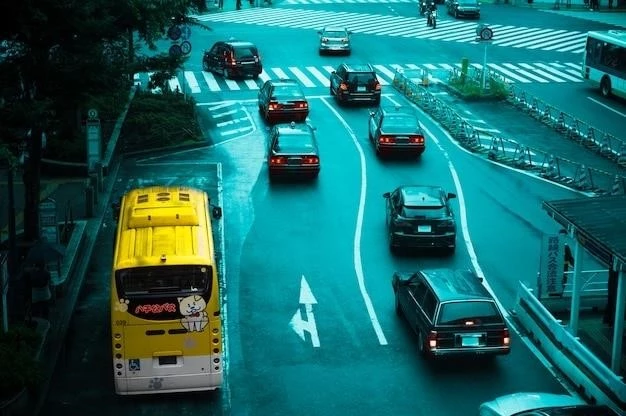The advent of autonomous vehicles (AVs) is poised to revolutionize urban transportation, significantly impacting urban planning and the very fabric of our cities. This transformative technology presents both opportunities and challenges, necessitating a comprehensive understanding of its potential implications.
Reshaping Urban Landscapes
Reduced Congestion and Enhanced Mobility
AVs are expected to alleviate traffic congestion by optimizing traffic flow and reducing the number of empty vehicles on the road. With their ability to communicate and coordinate with each other, they can navigate efficiently, minimizing delays and maximizing road capacity. This enhanced mobility will benefit commuters, allowing them to spend less time traveling and more time on other activities.
Reimagining Parking Spaces
The widespread adoption of AVs could significantly reduce the need for dedicated parking spaces. With autonomous vehicles operating in shared fleets, they can be dynamically redeployed to meet demand, minimizing idle time and the need for individual ownership. This presents an opportunity to repurpose existing parking lots for more productive uses, such as green spaces, housing, or commercial developments.
Transforming Public Transportation
AVs can integrate seamlessly with existing public transportation systems, providing first-mile and last-mile connectivity and extending the reach of public transit. They can also serve as flexible and on-demand shuttles, offering personalized and accessible transportation options for individuals with limited mobility.
Rethinking Urban Design
Prioritizing Pedestrians and Cyclists
With reduced traffic congestion, urban planners can prioritize pedestrian and cyclist safety by creating more walkable and bikeable environments. This includes widening sidewalks, building dedicated bike lanes, and incorporating traffic calming measures to create a safer and more enjoyable experience for non-motorized users.
Creating More Livable Neighborhoods
The potential for decreased reliance on personal vehicles can lead to the creation of denser, more walkable neighborhoods. This promotes social interaction, reduces pollution, and creates a more livable urban environment. The reduction in parking requirements also frees up valuable land for public spaces, parks, and community facilities.
Adapting Road Infrastructure
Urban planners will need to adapt existing road infrastructure to accommodate the unique characteristics of AVs. This includes introducing new traffic signals and signage, developing dedicated lanes for autonomous vehicles, and ensuring compatibility with existing communication networks.

Challenges and Considerations
Safety and Security
Ensuring the safety and security of AVs is paramount. Addressing issues such as cybersecurity threats, driverless vehicle accidents, and ethical considerations related to decision-making in complex situations are crucial for public acceptance and widespread adoption.
Job Displacement and Economic Impacts
The transition to AVs will have significant economic implications, potentially leading to job displacement in industries such as trucking and taxi services. Addressing these concerns through retraining programs and workforce development initiatives will be essential.
Equity and Accessibility
It is crucial to ensure that the benefits of AVs are accessible to all members of society. This includes addressing concerns about affordability, ensuring equitable access for people with disabilities, and mitigating potential disparities in service availability across different neighborhoods.

Conclusion
The impact of autonomous vehicles on urban planning is profound and multifaceted. By embracing the opportunities and addressing the challenges, cities can leverage this transformative technology to create more sustainable, efficient, and equitable urban environments. Through careful planning, investment, and collaboration, we can harness the power of AVs to build smarter, more livable cities for all.










